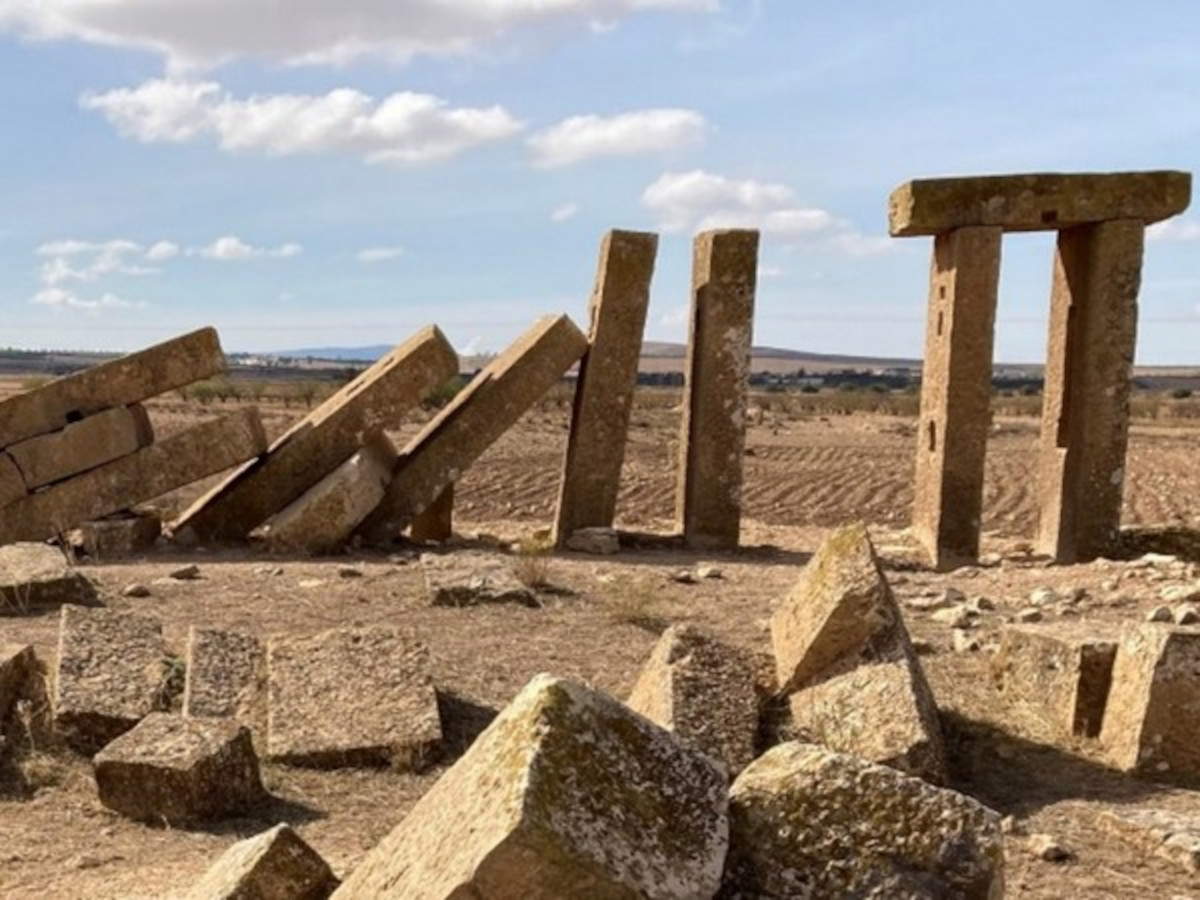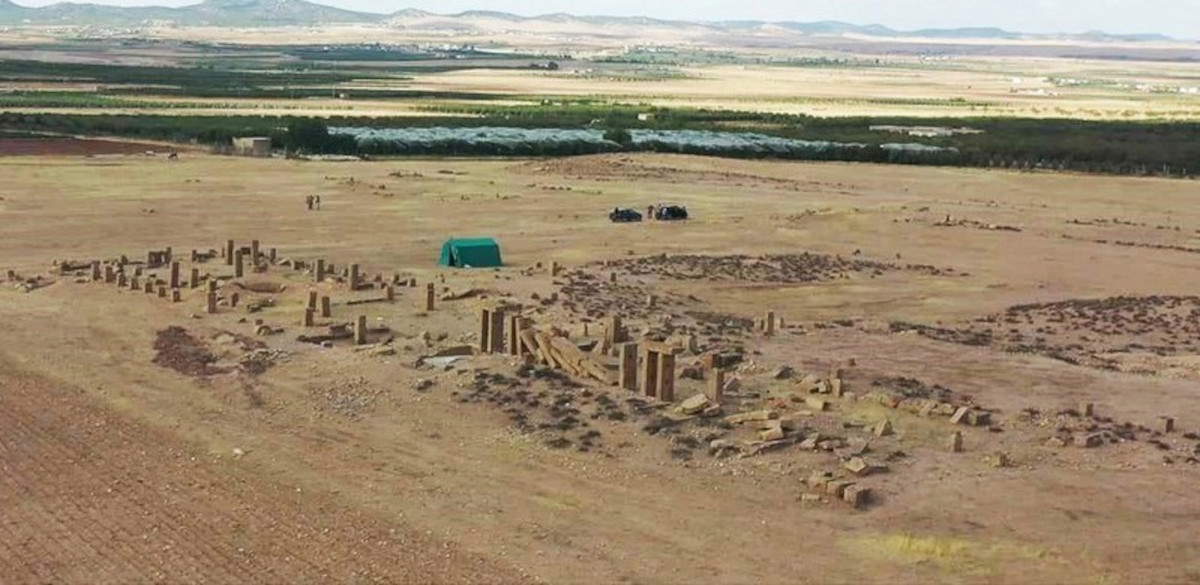Ca’ Foscari University of Venice has assumed co-directorship of a major international archaeological mission to the Kasserine region of Tunisia. The investigations, conducted in the area ofancient Roman Cillium on the border with present-day Algeria, involve impressive structures related to oil production. Prominent among them are two torcularia, facilities used for pressing olives, one of which has been recognized as the second largest Roman olive press in the entire Empire.
Since 2025, the excavation campaign, which focuses on two ancient farms specialized in olive production, located in the heart of the Jebel Semmama massif, has involved Luigi Sperti, Deputy Director of the Department of Humanities and Director of CESAV at Ca’ Foscari. Indeed, the area, characterized by vast steppes and a continental climate with strong temperature swings and modest rainfall collected in wells, offered particularly favorable conditions for olive cultivation. This resource was fundamental to the economy of Roman Africa, to the point that Tunisia was the largest supplier of oil to Rome.
This peripheral area of proconsular Africa, inhabited in ancient times by the Musulamii of Numidian origin, was a crossroads between Roman authority, veterans settled in the region and local communities. Surveys are uncovering structures active between the 3rd and 6th centuries AD. Key sites include Henchir el Begar, identified with Saltus Beguensis, the centerpiece of a vast rural estate in the Begua district, belonging in the 2nd century AD to the vir clarissimus Lucillius Africanus. The place is known for a Latin inscription that records a senatoconsult of 138 AD, authorizing the establishment of a bimonthly market, an event of great importance in the social, political and religious life of the time.

The settlement, which covers about thirty-three hectares, is divided into two main cores, Hr Begar 1 and Hr Begar 2, both of which are equipped with oil mills, cisterns, and a water collection basin. Hr Begar 1 houses the largest Roman olive mill in Tunisia, and the second largest in the entire Empire, featuring an impressive torcularium with twelve beam presses. Hr Begar 2 retains a second facility, also of considerable importance, with eight presses of the same type.
These facilities remained active for several centuries, between AD III and AD VI, testifying to a long-lasting economic continuity. The area also included a rural vicus inhabited by settlers and in all probability also by part of the local population. Numerous millstones and stone mills have been identified on the surface, attesting to both cereal and oil production, thus revealing the dual agricultural vocation of the site.
Recent geophysical prospecting conducted with georadar enabled the recognition of a dense system of dwellings and roadways, thus a complex and well-structured organization of rural space.
The archaeological mission is the result of an international scientific collaboration launched in 2023 through the initiative of Prof. Samira Sehili of Université La Manouba (Tunisia) and Prof. Fabiola Salcedo Garcés of Universidad Complutense de Madrid. The entry of Prof. Luigi Sperti in the co-directorship since 2025, with the support of the Ministry of Foreign Affairs and International Cooperation, has further consolidated this partnership and opened up new perspectives for shared research between Tunisia, Spain and Italy, in the context of a growing interest in the archaeological study of production, particularly oil production.
In the layers from the modern to the Byzantine period, finds of particular value emerged, including an ornate copper and brass bracelet, a white limestone projectile, and some fragments of architectural sculptures, including part of a Roman press reused in a Byzantine wall.
“This mission offers an unprecedented perspective on the agrarian and socio-economic organization of the frontier regions of Roman Africa,” Luigi Sperti stressed. “Olive oil was a very important product in the daily life of the ancient Romans, who not only used it as a condiment in cooking, but also as a body care product, both in sports and medicine, and even-if of poor quality-as a fuel for lighting. Shedding light on the production, marketing and transportation of this product on such a large scale is a quite exceptional opportunity to combine research, enhancement and economic development, confirming the importance of archaeology as an excellence of our university.”

 |
| Tunisia, second largest Roman oil mill in the Empire discovered: Ca' Foscari co-leads mission |
Warning: the translation into English of the original Italian article was created using automatic tools. We undertake to review all articles, but we do not guarantee the total absence of inaccuracies in the translation due to the program. You can find the original by clicking on the ITA button. If you find any mistake,please contact us.